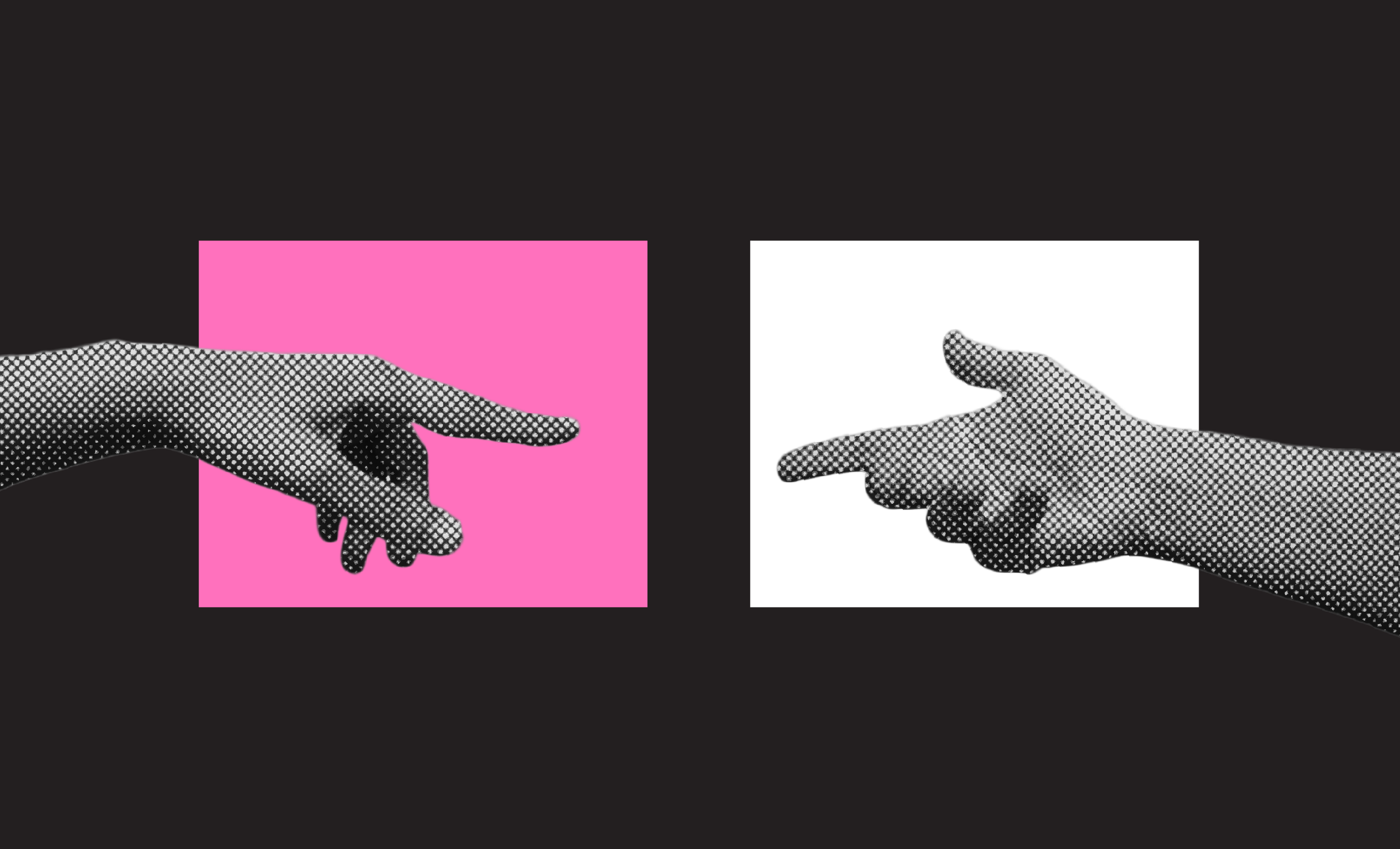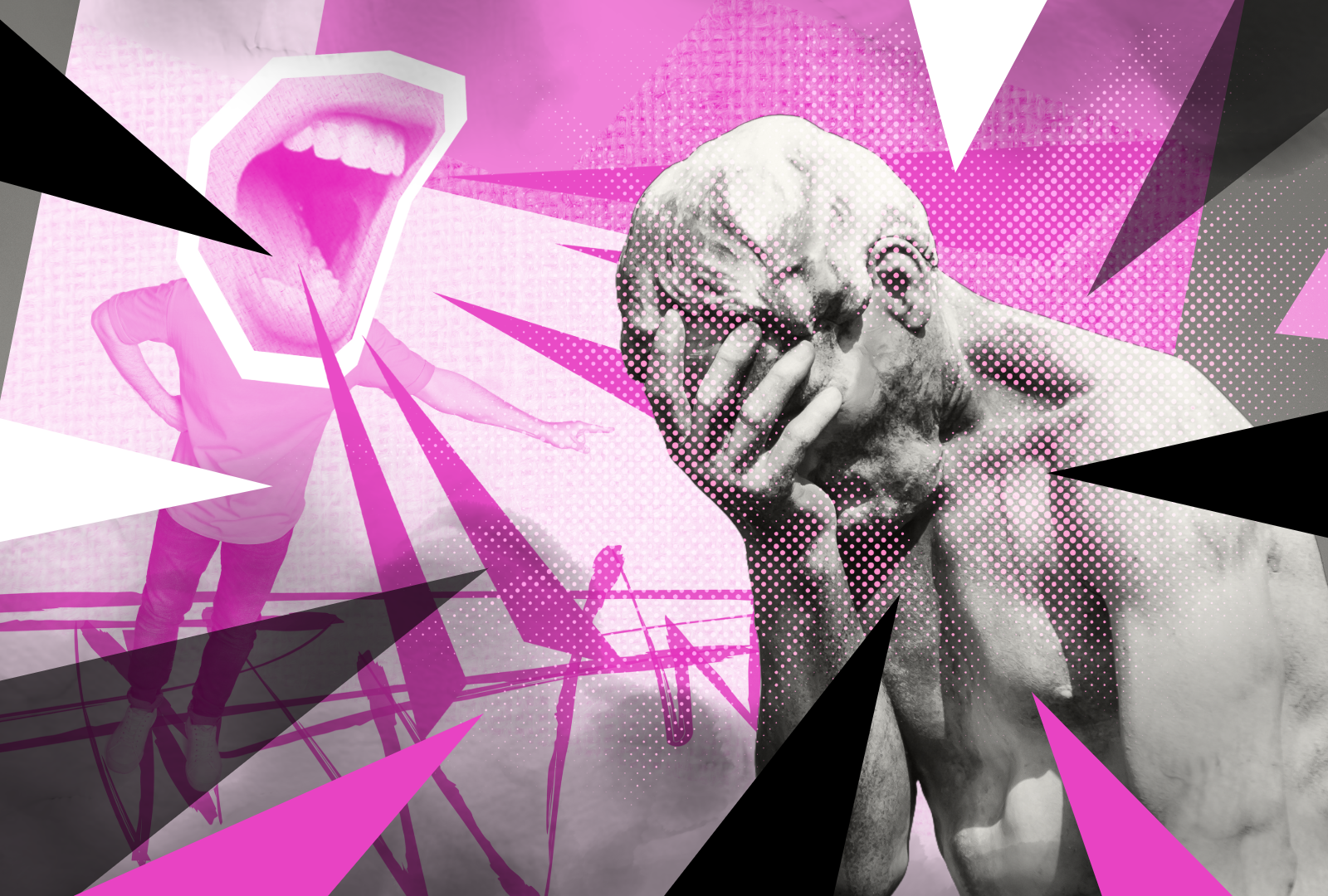Social stigma creates barriers to treatment for people with substance use disorders
The way that we talk about substance use — the words that we use to describe people who use substances such as alcohol, cigarettes and other drugs, for example—can increase the stigma associated with substance use. That can dehumanize people, increase shame and be a roadblock for those who might seek assistance or health care.

That’s one of the reasons that reducing stigma is a core part of the mission of the Cofrin Logan Center for Addiction Research and Treatment at the KU Life Span Institute, said Michael Amlung, associate director for training at the center.
Amlung has discussed the role of stigma with faculty and staff who include addiction and substance use topics in their courses. Many addressed this through the 2023-2024 KU Common Book, “The Parable of the Sower,” by Octavia E. Butler, which included themes around addiction and a society breaking down.
Amlung explained how the effects of negative social bias against people facing mental health challenges — “and addiction is one of these” — are not only unfair but can also hold people back from health services and support they need.
“Stigma and shame can have such a profound negative impact on someone and also be a barrier for that person trying to engage in treatment to improve their life and improve their health,” he said.
Negative labels aren’t always used with malice, but ignorance can do as much damage when it comes to stigmatizing people. Using person-first language — such as the term “a person with a substance use disorder” rather than “a substance abuser” — can help avoid characterizing people by their condition alone.
This was demonstrated in a study by the Recovery Research Institute, Amlung noted. As part of the study, people were told about two people who were actively using drugs and alcohol. In one case, the person was described as a substance abuser. In the other, the person was described as having a substance use disorder.
In the study, the individual described as a “substance abuser” was rated more likely to benefit from punishment than from treatment. The individual was more likely to be described as socially threatening, and respondents blamed them for their problems related to their substance abuse.
Study participants also believed the “substance abuser” was more capable of controlling their substance abuse on their own without help compared to the individual described as having a substance use disorder.

Amlung said this relates to the belief that the “substance abuser” was more to blame for their problems than the person with the “substance use disorder.” This belief may contribute to the widespread use of substances in society in which only a fraction of people see treatment.
“A lot of what we see with substance use and addiction is scare tactics,” Amlung said. “People use substances for legitimate reasons to fulfill deep core needs. We need to understand that and acknowledge that.”
About 16% of the population, or about 46.3 million people, meet the recognized criteria for having a substance use disorder, according to the National Survey on Drug Use and Health. At the same time, the organization reported only 6% of this population received treatment.
Stigma also impacts the type of people most at risk for incarceration due to drug use and abuse. While all racial groups use substances at similar rates, nearly 80% of people in federal prisons and 60% of people in state prisons are Black or Latino, according to 2016 figures from the federal justice system.
“We need to realize that some of the ways we address substance use and addiction in this country are inherently racist and discriminatory,” Amlung said. “This is a problem that affects people across the spectrum of racial and ethnic identities.”